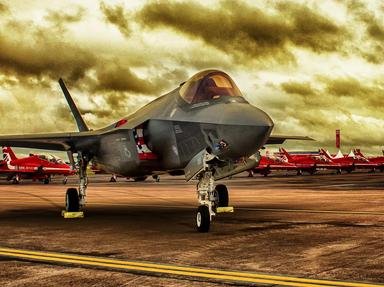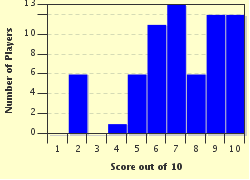Quiz Answer Key and Fun Facts
1. In foot drill terminology, the term 'dressing' relates to the standard of turnout of each member of the squad?
2. "____on the right - ____on the left, in single rank size!" This command is used to achieve a specific aim prior to important parades. Which of the following combinations of words are missing from this example?
3. The initial word of command for which of the following drill movements is always given as the left foot makes contact with the ground?
4. Of the following, which is the only circumstance in which a soldier or NCO is permitted to pay the compliment of a salute with his left hand?
5. On receipt of the word of command "Mark Time!" whilst marching at normal pace, the squad will cease forward motion and will continue to march on the spot. Of the commands provided, which is the only one upon which a squad can act from being at this position?
6. From the position of attention and receiving the word of command "Quick March", soldiers will always take their first pace with the right foot?
7. In all instances bar one, individual soldiers or squads execute an about turn by beginning to move to the right. The only circumstance under which it is imperative that an about turn begins with a rotation of the body to the left is whilst a soldier is employed as a Royal Guard or as a guard at HM Tower of London?
8. A particular drill movement is used as a means of turning large squads of soldiers across a broad front whilst on the march. The drill manual calls this movement the 'Left Form' and the 'Right Form'. At which annual event watched the world over will you see this complex drill movement being executed?
9. Of the following, which is the only weapon to have a series of drill movements designed for it?
10. One of the simplest methods of changing the direction in which a squad is moving takes its name from one of mankind's most important inventions. From which invention does this movement take its name?
Source: Author
SisterSeagull
This quiz was reviewed by FunTrivia editor
stedman before going online.
Any errors found in FunTrivia content are routinely corrected through our feedback system.

